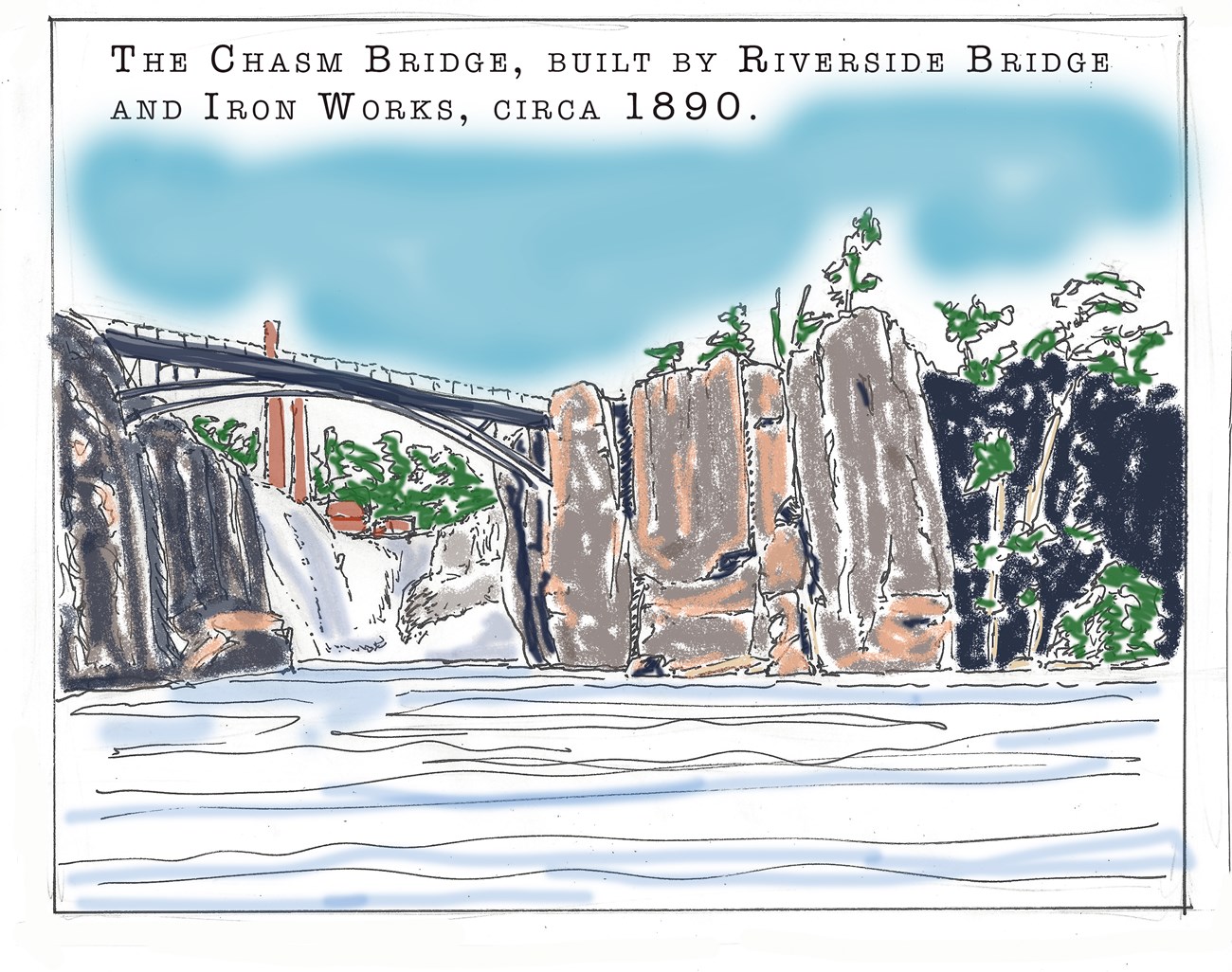
VIP Terry McKenna Looking for a fun activity? Color your way through history, and get creative with these scenes from Paterson's past, created by Volunteer-in-Park (VIP) Terry McKenna! Save and download the images below to get started! 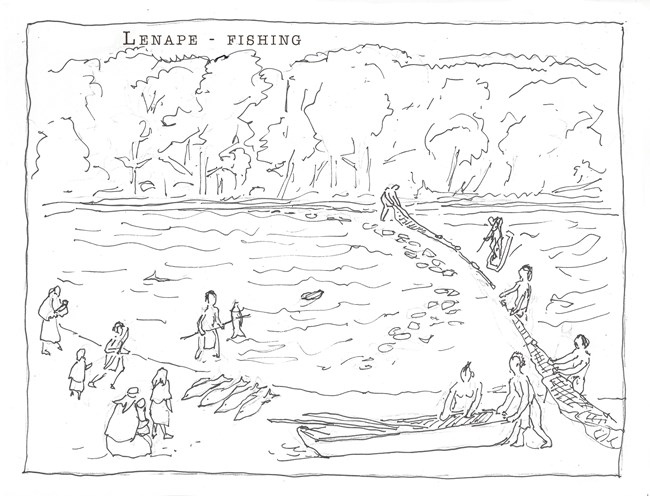
VIP Terry McKenna The LenapeFor over 10,000 years the Lenape have called the area now known as Paterson home. The Passaic river was an important resource; it could be used for transportation, drinking water, cleaning, and raising crops like the "Three Sisters" (maize, beans, and squash). Fishing was a major way the river was utilized - in addition to spears and nets, dams called "wiers" were constructed to funnel fish and make them easier to catch. as European and American settlers pushed further into North America, the Lenape, like many native groups, were forced further and further west. Today, while members of the Lenape still live around Paterson, the majority live in Southern Ontario and Oklahoma.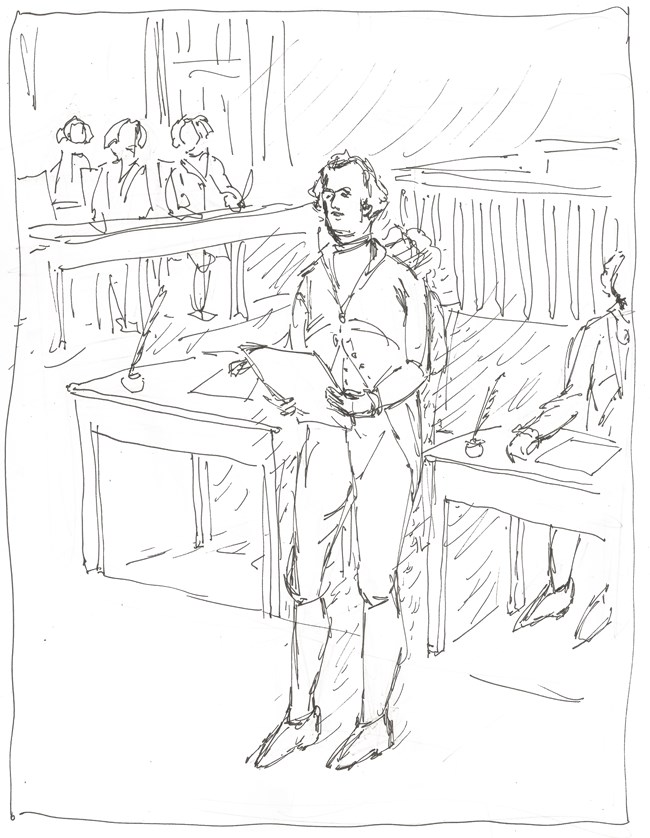
VIP Terry McKenna Alexander HamiltonAlexander Hamilton Hamilton was an important military figure, statesman, and played an important role in the early history of the United States of America. As well as being a "Founding Father" for our nation, he is Paterson's founder. 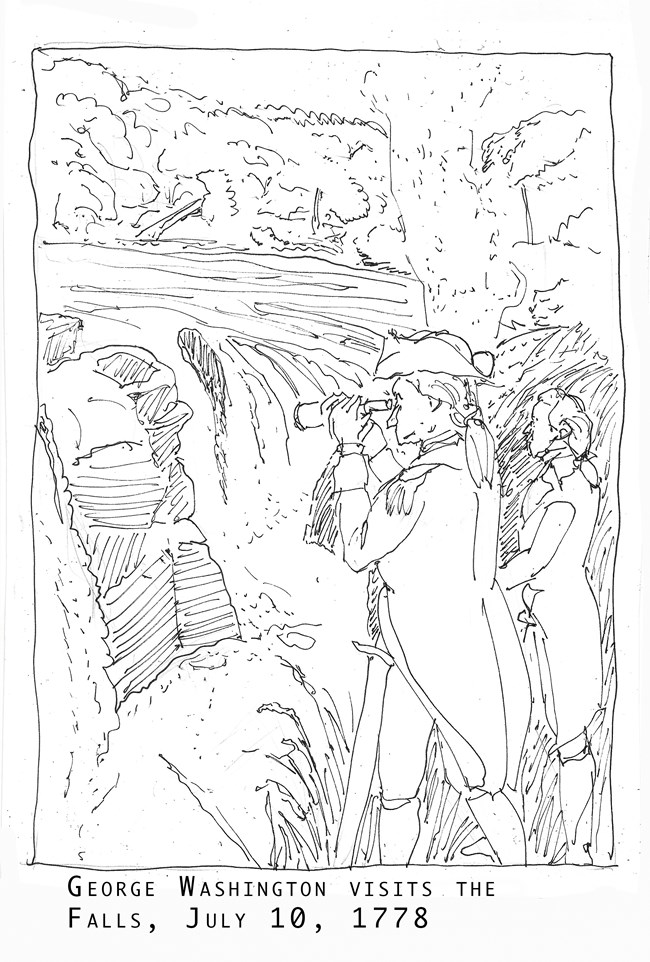
VIP Terry McKenna "A Most Important Picnic"Alexander Hamilton may have first visited the Great Falls on July 10th, 1778. A few weeks after the battle of Monmouth, Revolutionary War figures including General George Washington, James McHenry, and the Marquis de Lafayette visited the Great Falls and decided it was the perfect place for a picnic lunch. As the story goes, Hamilton was there too - as he and Washington were mid-conversation Washington noticed Hamilton was staring deep into the falls, lost in thought. When asked what he was thinking, Hamilton supposedly said one word: "Power." 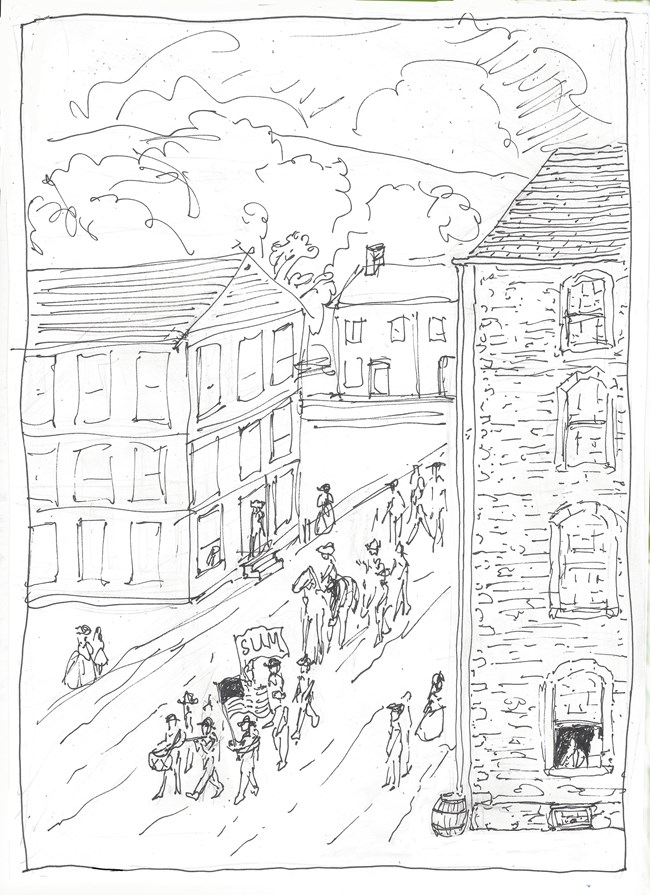
VIP Terry McKenna Paterson & the S.U.MIn 1792 Alexander Hamilton's "Society for Establishing Usefull Manufactures" (or S.U.M.) purchased 700 acres of land around the Great Falls, naming the city after New Jersey Governor William Paterson, a friend and collegue of Hamilton's. Originally, Pierre Charles L'Enfant, the French military engineer who planned Washington DC, worked on the plan for the new city, but he left the project early on. The family of Connecticut engineer and businessman Peter Colt would, for several generations, be instrumental in developing Paterson's businesses and industries, and especially the raceway network that provided waterpower to the factories. 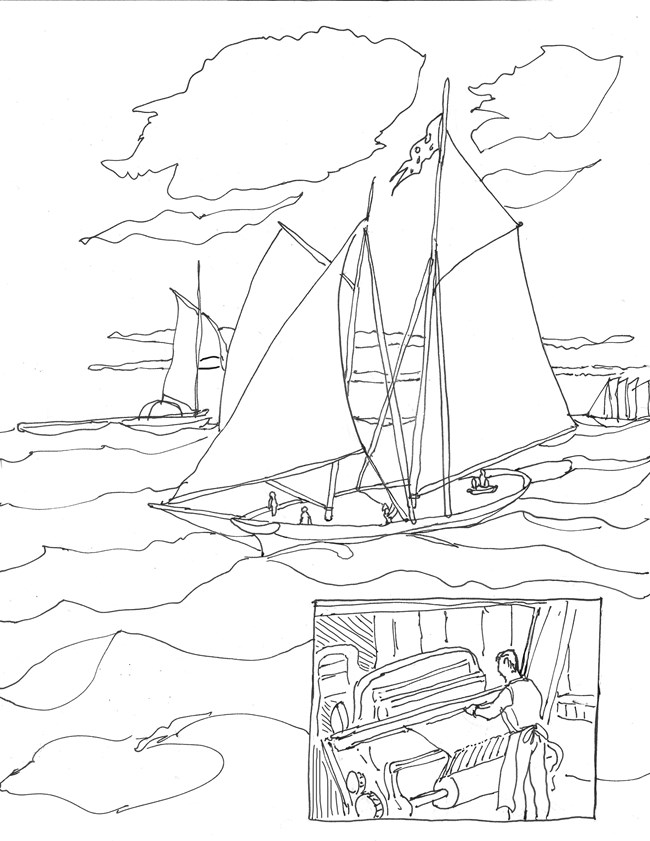
VIP Terry McKenna Success with SailclothOne of the major early industries in Paterson was sailcloth - John Colt's cotton "duck" cloth (from the Dutch word "doek," a linen canvas once used for sailors' white outerwear) was in high demand, and Paterson produced nearly 50% of the nation's supply. New power looms manufactured this textile faster and cheaper - by 1827 fifteen factories in Paterson produced nearly four million yards of cotton cloth and duck. Used by private boats, merchant vessels, the U.S. Navy, and the Revenue Cutter Service (the pre-1915 Coast Guard), Paterson sailcloth propelled the first winner of the prestigious America's Cup sailing race to victory in 1851. 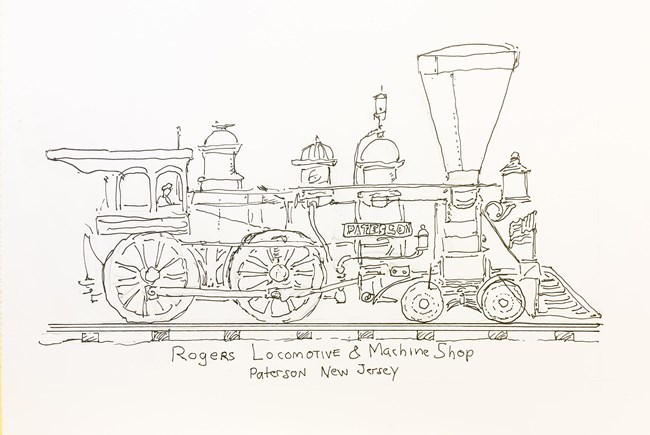
VIP Terry McKenna Putting the Nation "On Track"Paterson was an important railroad manufacturing center. Four main locomotive industries produced railroad equipment used all over the world from 1831 - 1925 - over 10,000 locomotives alone! Some of Paterson's trains were present at and made possible famous moments in history. For example, on May 10th, 1869, locomotive #119 (built by the Rogers Locomotive and Machine Works in Paterson a year earlier) was present for the Golden Spike Ceremony. This historic ceremony marked the completion of the Transcontinental Railroad, when the Central Pacific Railroad and Union Pacific Railroad linked the nation from the Atlantic to the Pacific oceans. Paterson's railroad industry was a key contribution to how goods and people moved across the country and the world. 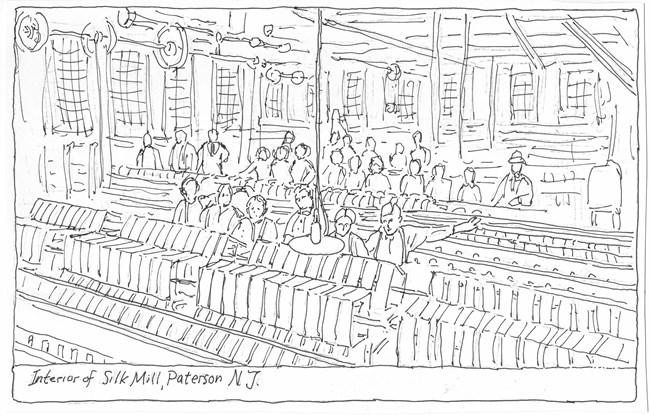
VIP Terry McKenna Silk CityPaterson gained fame for another textile - silk. Produced by unravelling the cocoons of silk worms, the highly-prized fiber was woven into flags, clothing, ribbons, parachutes, and countless other products. In the mid 1800's, Paterson earned the nickname "Silk City" because of the massive amounts of silk textiles being manufactured in the city - by the late 1800's Paterson processed close to 80% of the world's silk! 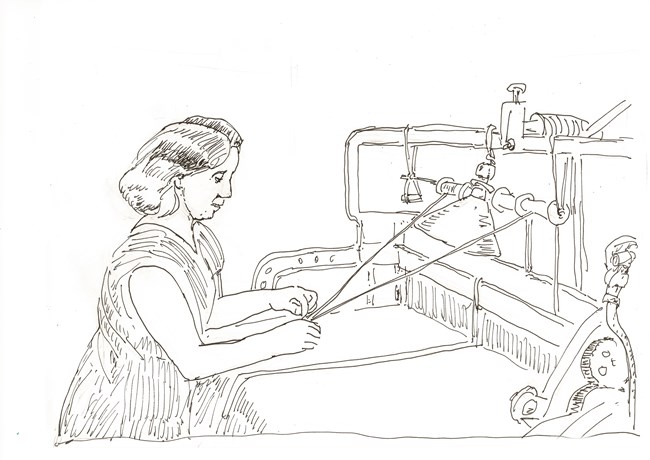
VIP Terry McKenna Mill WorkersAs Paterson became an industrial epicenter of the nation, more people flocked to area to find work and make their American dreams come true. There were plenty of mills to choose from, but working conditions were difficult. Workers toiled long hours in dangerous conditions for low pay. Paterson's mills also employed many children, some as young as six years old. Many workers protested these conditions, sometimes going on strike. During the 1913 Silk Strike roughly 25,000 workers left their mills, gathering for meetings at the Botto House in Haledon, New Jersey. Today, the Botto House is home to the American Labor Museum. 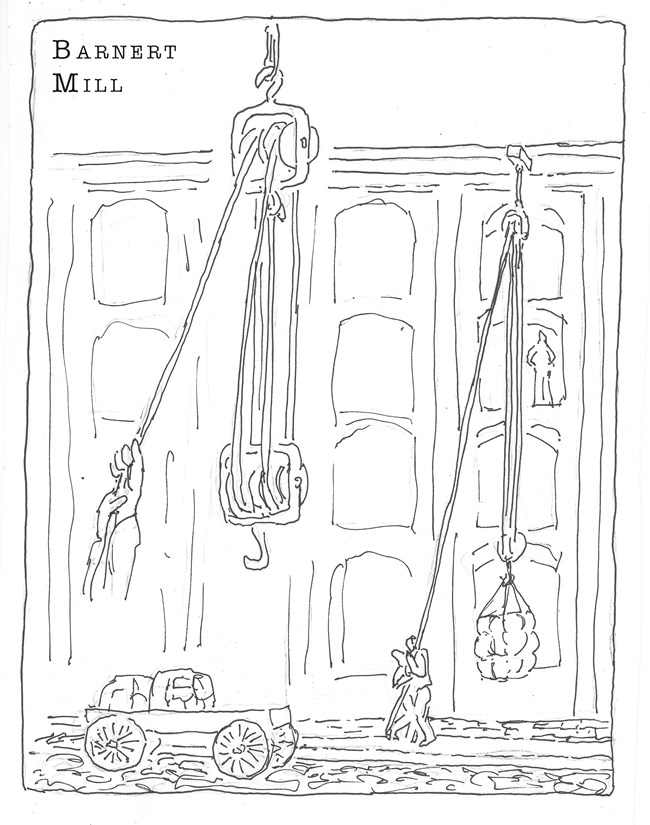
VIP Terry McKenna Heave Ho!Paterson's industries produced an incredible array of products - and required just as many raw resources. While freight elevators have existed since ancient times, many mills used external hoists and pulleys to move materials quickly from the street to upper floors. Next time you're exploring Paterson, see if you can spot historic buildings that still have these simple but important machines! 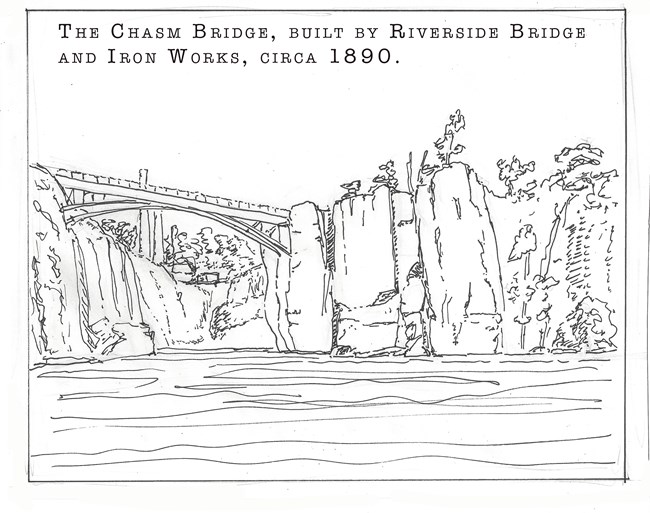
VIP Terry McKenna Crossing the ChasmBridges have been a part of the view of the Great Falls for hundreds of years. The first wooden span was built and opened on September 30th, 1827 by Timothy B. Crane, owner of the "Cottage on the Cliff" beside the falls. The famous arch bridge in most photos is the fifth span, completed December 7th, 1888. Built by the Passaic Water Company, it carries a water main below the original walking path - a second pipe was added in 1983, requiring the construction of another bridge for pedestrians. 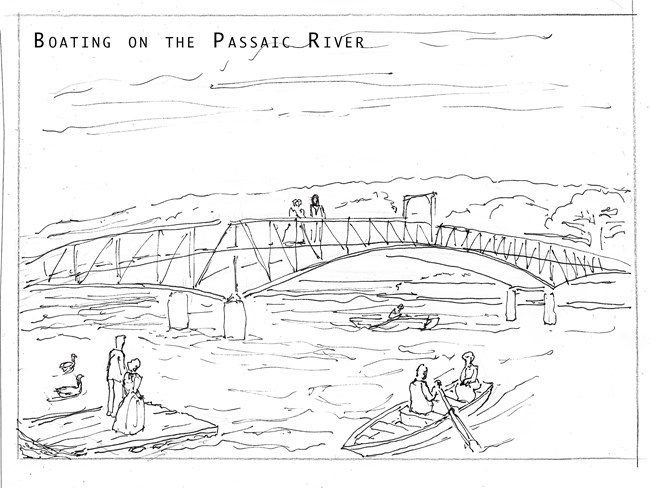
VIP Terry McKenna Recreation & RelaxationPeople worked hard in Paterson, but also found time to relax, just like today. The Passaic River is just one natural resource which offers many opportunities to enjoy a day out - places like Paterson Great Falls National Historical Park or Westside Park, pictured here, continue to be important places we can only enjoy if we preserve and protect.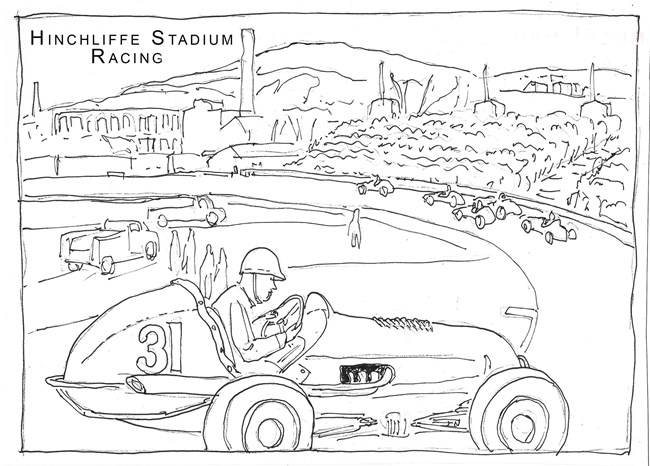
VIP Terry McKenna Hinchliffe StadiumHinchliffe Stadium, completed in 1932, is another important place for recreation in Paterson. Primarily as a home for team sports, it hosted Olympic-qualifying track and field athletes, baseball, football, and soccer. It was an important venue for the Paterson school district, and was also used for entertainment events like boxing and concerts. It is famous as one of the last remaining to Negro League stadiums, where teams like the New York Black Yankees, Newark Eagles, and New York Cubans played during the time baseball was segregated. It was at Hinchliffe that Larry Doby, a Patersonian, played ball as a youth - three months after Jackie Robinson integrated the National Leagues, Doby integrated the American Leage and broke segregation in baseball. Miniature auto racing came to Hinchliffe Stadium in the 1930s, and continued until the early 1950s - Paterson, and Hinchliffe, were important parts of American motorsport history. 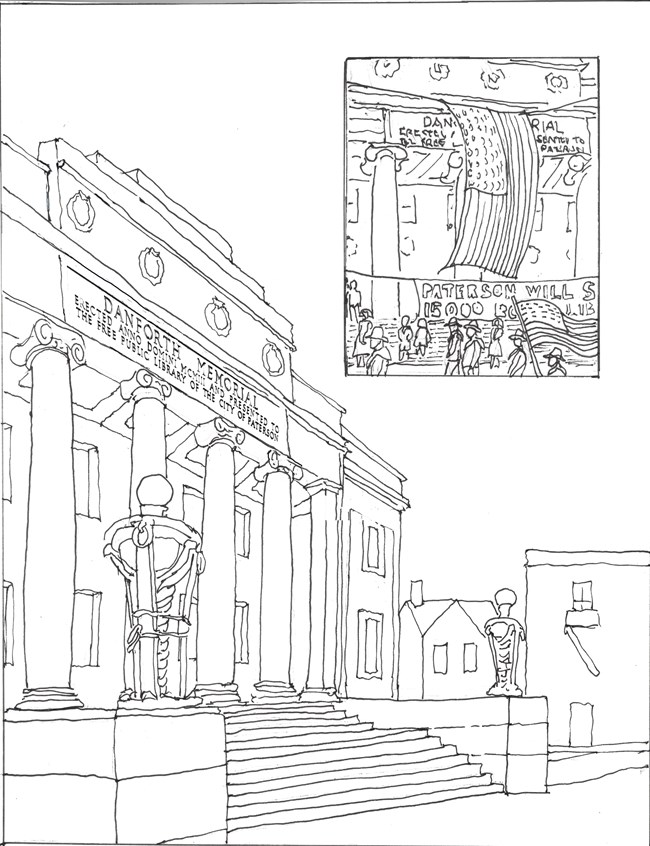
VIP Terry McKenna Danforth Memorial LibraryThe Paterson Free Public Library is the oldest public library New Jersey - the 1905 Danforth Memorial Library is the main branch and is a prominant landmark in the city. Designed by Henry Bacon, who also designed the Lincoln Memorial in Washington, D.C., it has been the backdrop to many parades and public events while providing opportunites for all to read and learn. The National Park is only the latest in a long history of places in Paterson dedicated to education and exploration! 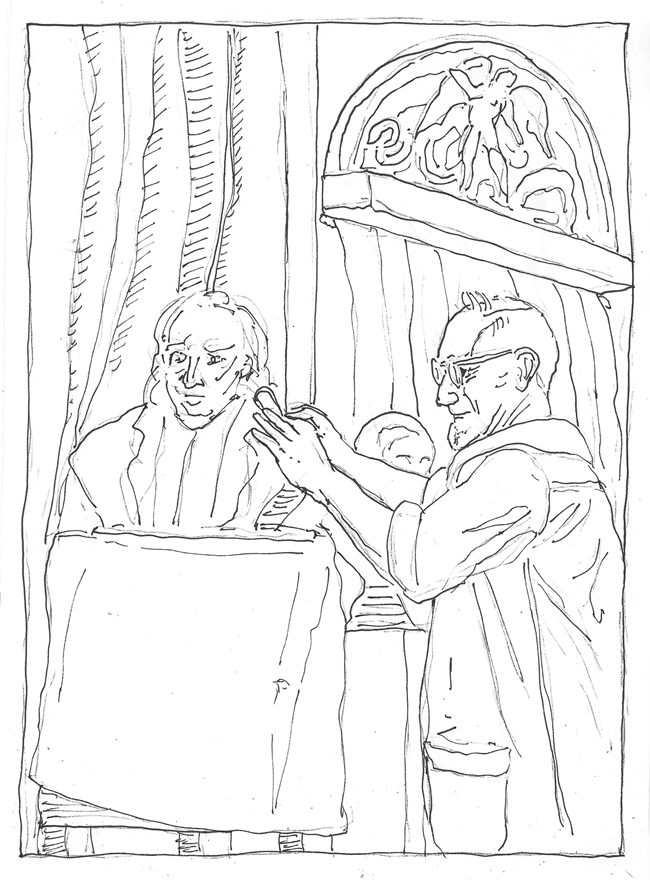
VIP Terry McKenna Gaetano FedericiBorn in 1880 in southern Italy, Gaetano Federici immigrated to Paterson when he was seven years old. He became a famous sculpter, creating many of the public monuments you may see around the city to this day. The people of Paterson have been and are incredibly creative - as you color these activity sheets, you're taking part in just one of many forms of art! 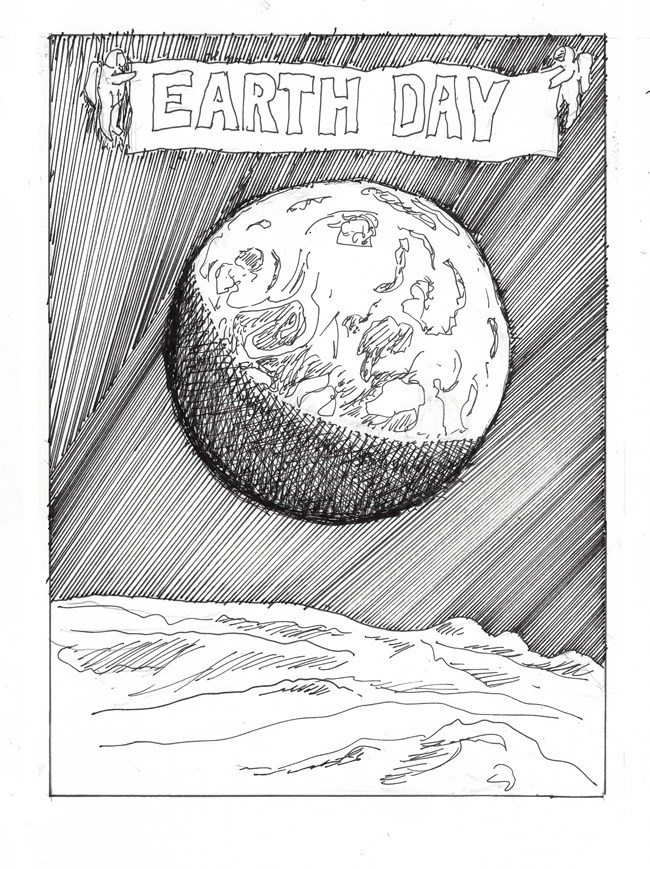
VIP Terry McKenna Earth Day 20202020 was the 50th Anniversary of Earth Day. We use this day, April 22nd, as way to demonstrate support for environmental protection. The United States of America is one of 190 countries that celebrate Earth Day. As city, Paterson offers many lessons on how and how not to treat natural resources - today, the National Park Service is just one of many organizations and community members which works to preserve and protect our environment for ourselves and future generations. |
Last updated: January 12, 2024
